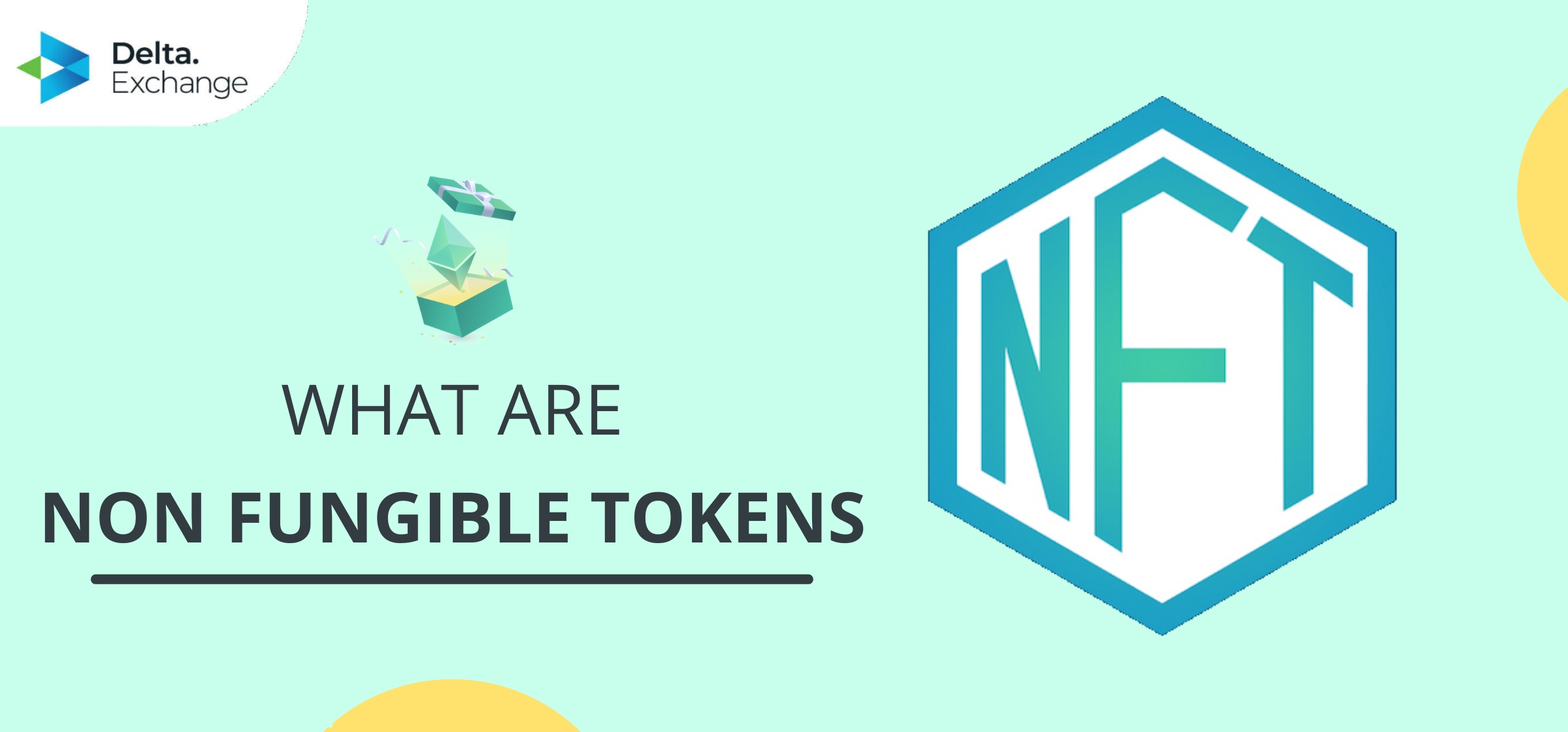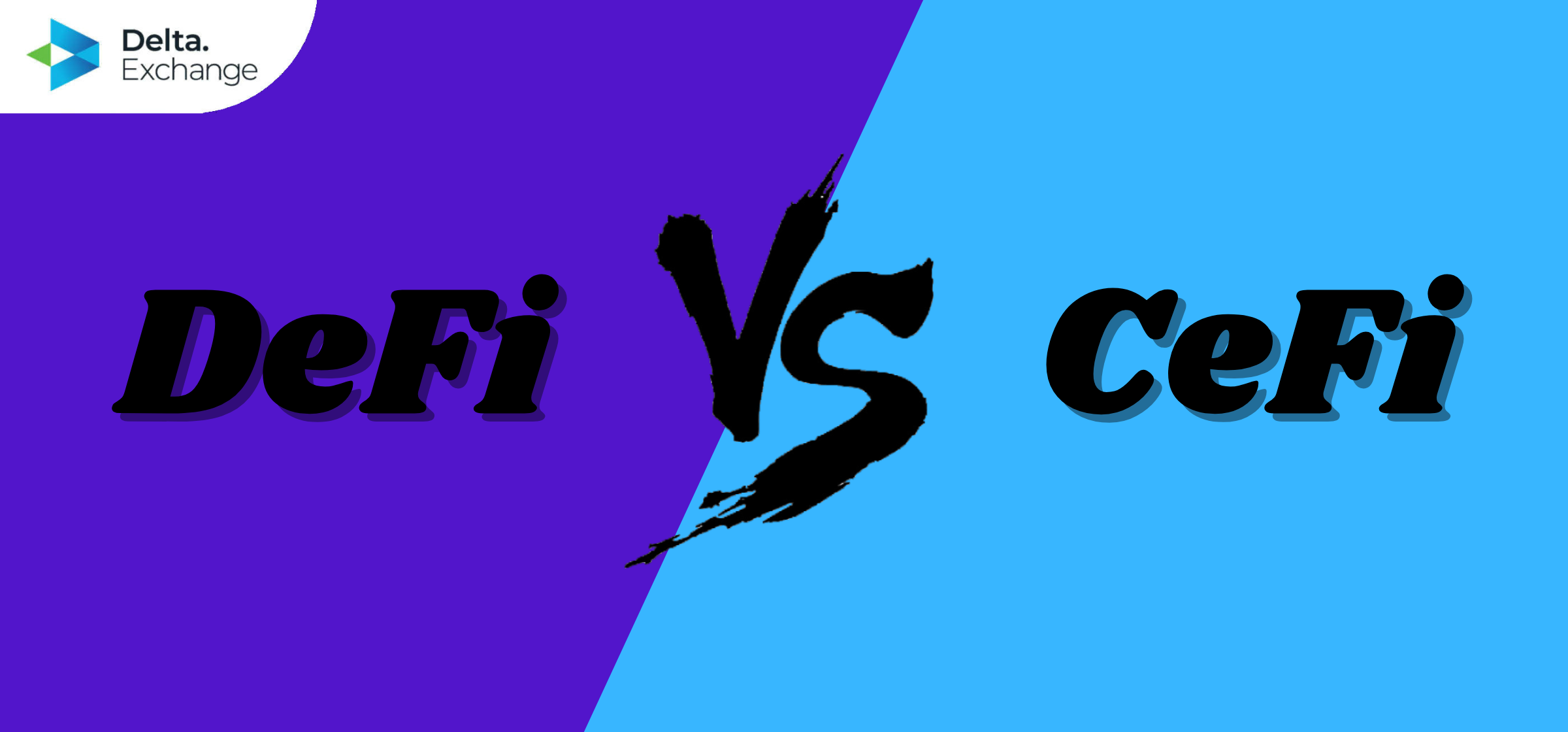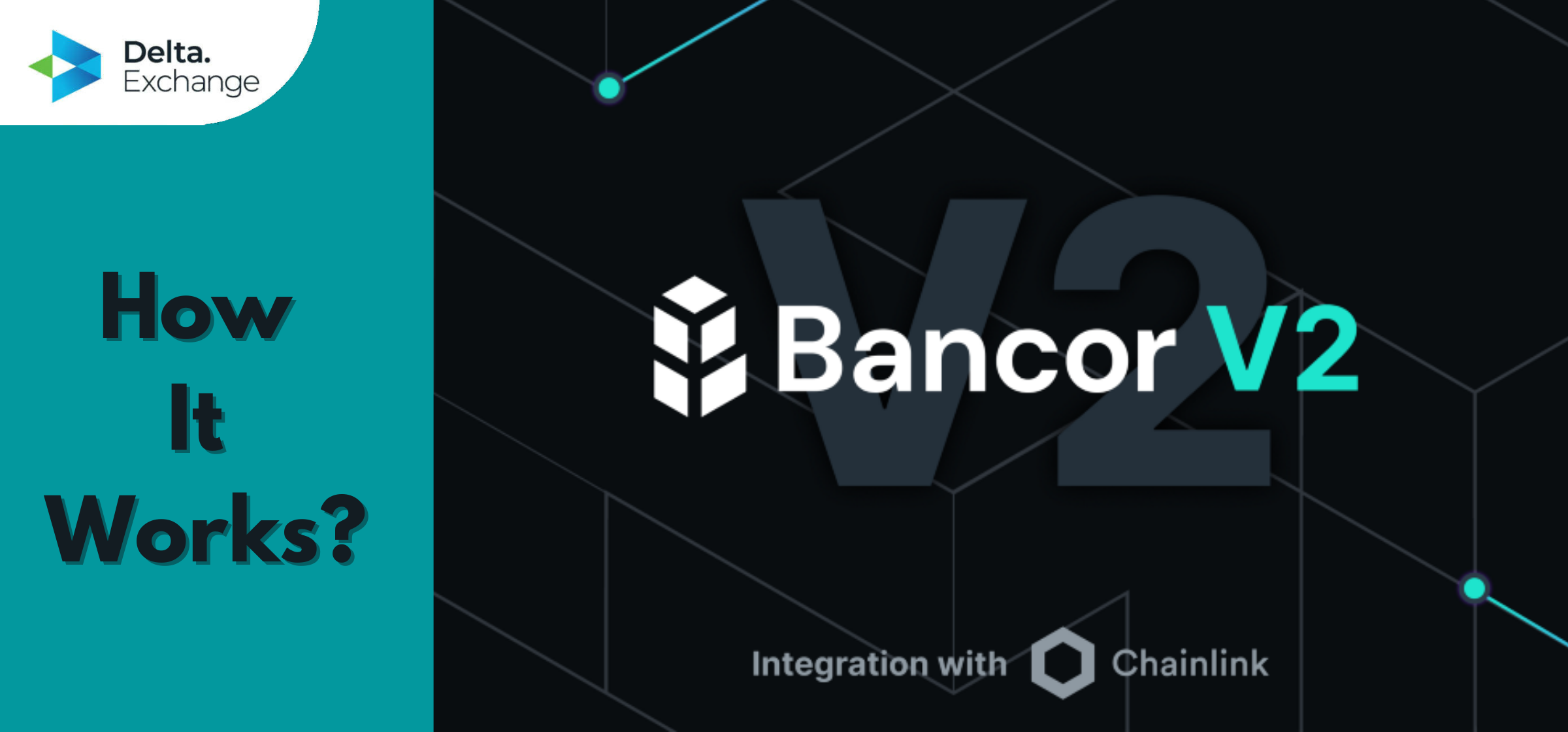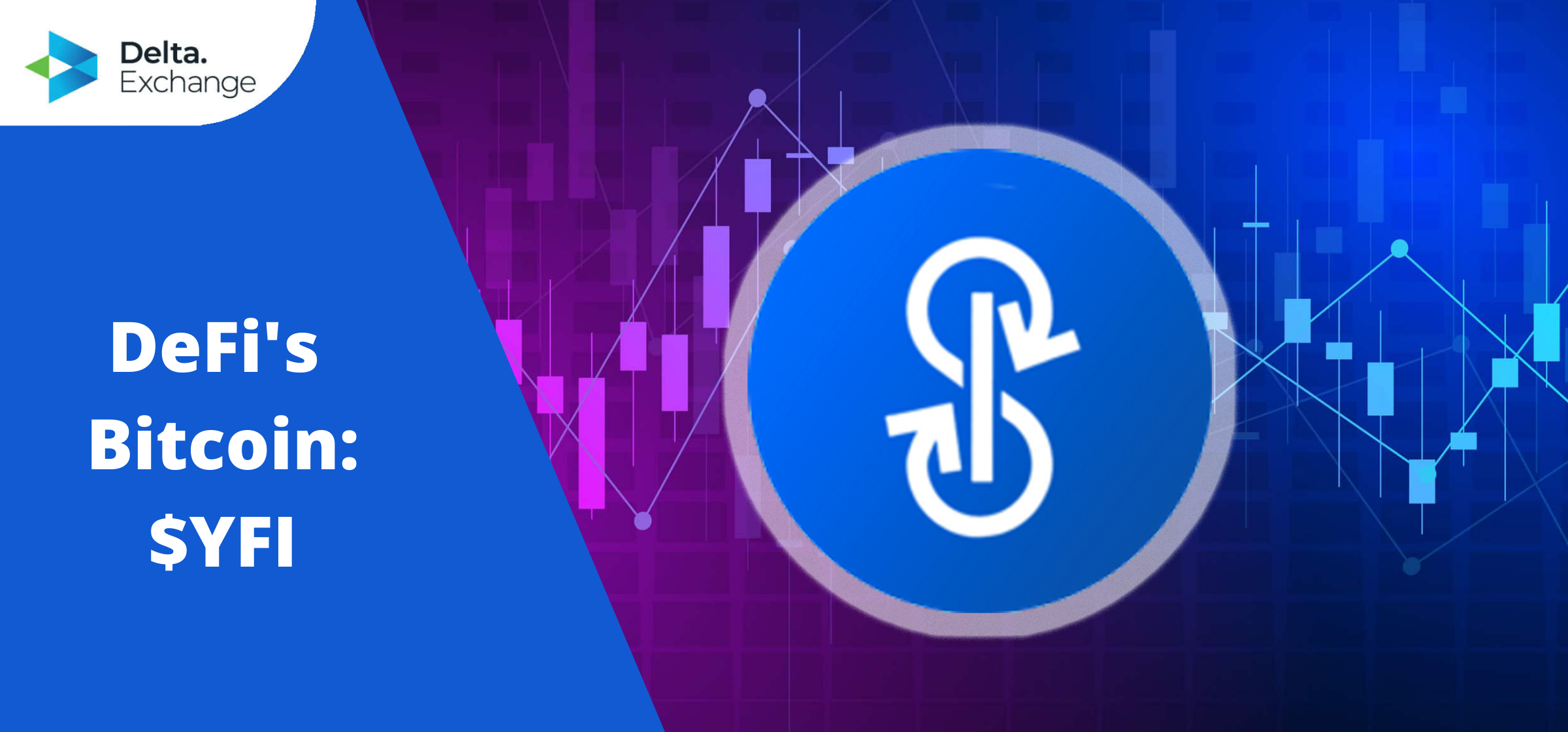Educational
March 30, 2021
A Beginner’s Guide to NFTs
Shubham GoyalProduct Specialist
What Are NFTs?
NFT is an acronym for “non fungible token”. These non fungible tokens are sort of like digital collectibles, much like trading cards. Non fungible tokens can represent physical assets like art and real estate, as well as digital assets.
An NFT is pretty similar to a cryptocurrency, since both are based upon blockchains and have monetary values. In fact, you could say that a non fungible token is essentially an indivisible and totally unique cryptocurrency token. An NFT is never completely identical to another NFT meaning that they are convenient for proving the authenticity and origin of rare assets, both virtual and real. This is why NFTs offer a variety of options for creating and exchanging digital assets, like original art and blockchain-based games like the formerly viral phenomenon CryptoKitties.
If you are here to know how to buy NFTs or learn about some NFT marketplaces, we’ll get to that in due time – but let’s first find out a little more in depth about NFTs and how they work, as well as about some popular NFT crypto projects, shall we?
Features of NFTs
A fungible asset is interchangeable with any other similar unit of that asset, such as cryptocurrencies like Bitcoin or fiat money like the INR or the USD. Fungible assets are also divisible (as in they can be divided into smaller units which will share all the properties of the initial asset).
However, NFTs crypto, as mentioned before, are indivisible and unique crypto tokens. Each NFTs crypto has a computerized code ingrained that establishes it as the only token with that particular virtual identity. This way one NFT cannot be exchanged for another NFT, and neither can a NFT be broken down into a number of units. Plus, every NFT possesses characteristics that differentiate it from others; said characteristics can consist of metadata, visuals, etc. The worth of a NFT is based on how much its characteristics are valued by the traders.
So, while you trade 1 ETH for another ETH, you are exchanging one identical asset for another. There is no loss of value on either side of the trade – both counterparties still have 1 ETH. But with a NFT meaning a unique token, if you trade 1 NFT for another, they are bound to be totally different.
The Ethereum blockchain is the most popular space for creating NFTs in today’s time, since non fungible tokens are typically based upon the ERC-721 Token Standard. The ERC-721 standard talks of a set of features that each NFTs crypto must have; however, it does not plant regulations about or limit any potential attributes a developer might want to implement in their non fungible tokens.
So, How Do Non Fungible Tokens Work?
Suppose you are sending ETH to someone through a blockchain transaction; in that case, a ledger entry is created. When it comes to NFTs crypto, a ledger entry is similarly made, and it contains an address to the NFT file to indicate the ownership of that non fungible token.
When you send over a NFT to another trader, the token code is also passed on to them, so the ownership of the token can be easily verified by checking the blockchain ledger. Like Bitcoin, NFTs contain ownership details for easy identification and transfer between token holders.
Owners can add metadata or any attributes regarding an asset in NFTs. The additional information is a quite important part, since it enables them to take the form of art, music, or video in a variety of formats- including JPG, MP3, MP4, GIFs, and more. As with physical assets, the value of NFTs is decided by the market demand for its content.
NFT Crypto Projects We Have Seen So Far:
Since NFTs enable you to establish and verify ownership of a particular real world or digital asset, non fungible tokens so far are mostly being used to put exclusive items for trade online, such as music and videos, original artworks, various collectibles, trading cards, domain names, and even tweets. For instance, Twitter co-founder Jack Dorsey’s very first tweet sold as an NFT in March 2021 for $2.9 million, which was then converted into Bitcoin and donated to charity.
The fact that non fungible tokens trade on a blockchain gives you a lot of freedom and flexibility when it comes to NFT crypto projects. Here’s only a few things we have seen developers and traders do with NFTs so far:
- Buying and selling NFTs at a NFT marketplace
- Trading NFTs with others or gifting a non tangible token to someone
- Developing virtual collectible items
- Using non fungible tokens in various dApps – or decentralized applications
- Building and curating their collections
- Showcasing their public NFT inventory, mostly in a decentralized app or on social media
- Managing the ownership of digital items within blockchain-based games
- Establishing the authenticity of virtual artwork, and allowing artists to hold on to their intellectual property
- Developing a digital identity system that enables all users to manage all their data from one single place
- Creating fractional ownership of various high value assets, like real estate
Examples of popular NFT crypto projects include CryptoKitties, widely considered to be the OG NFT crypto project that brought non fungible tokens to the mainstream back in 2017. CryptoKitties is a game based on the Ethereum blockchain that allows players to buy, sell, and breed virtual cats. CryptoKitties was introduced on November 28, 2017, and within two weeks it had garnered over 150,000 users and $15 million in transactions.
A single CryptoKitty even traded for $170,000, boosting the platform’s popularity even further. This appealed to a broader audience of gamers, not to mention brought global attention to non fungible tokens. Now, even though the hype surrounding CryptoKitties began to die down after its initial success, the brand is still quite famous within the NFT sector as the very first developer to go that big.
As for more examples of popular NFT crypto projects, there’s Blockchain Heroes, a trading card series that featured many famous personalities within the cryptocurrency and blockchain industry. Prospectors is another well-known blockchain-centered game where players get to earn non fungible tokens on the basis of their performance in the game, which helps further improve their gameplay. KnownOrigin is a platform that allows artists to showcase and sell their original digital artwork and collectibles as non fungible tokens.
Bitcoin Origins is a series of digital collectible cards featuring the most memorable moments in Bitcoin’s history. And last but not the least, there’s William Shatner, the actor who became a cultural icon with his role of Captain James T. Kirk of the USS Enterprise in the Star Trek franchise. Shatner released his personal memorabilia to NFT traders as trading cards.
What’s Ahead for Non Fungible Tokens?
The biggest contribution of non fungible tokens so far has been the fact that they have gotten gaming and the blockchain tech to join forces. As of 2021, the NFT technology has turned out to be a large growth sector within the blockchain industry attracting a greater number of users than ever, and the potential use cases of NFTs have expanded beyond just gaming since its introduction to traders. NFT crypto projects might include any occurrence that requires identification, trackability, and the clear establishment of ownership of scarce assets.
Many businesses within the crypto space, as well as many blockchain projects, have been exploring the prospects of using non fungible tokens for identifying, certifying, and granting fractional ownership of assets both digital and physical. Dapper Labs, the very institution behind CryptoKitties, started to collaborate with other NFTs crypto developers back in January 2019 to enable interoperability between several gaming platforms, which would allow a native non fungible token from one platform to be used on another. Very recently, quite a few popular mainstream organizations have come up with NFT crypto projects; the list includes game developer Ubisoft and the National Basketball Association (NBA).
How to Buy NFTs, and Should You Be Investing in Them?
While investing at NFT marketplaces comes with a lot of exciting opportunities, the associated risks are also pretty high. So keep in mind that if you plan to invest in non fungible tokens, you’ll first need to understand the blockchain tech and the world of NFTs, and you’ll have to trade strategically. As for how to buy NFTs, you can get to any of the most hyped up NFT marketplaces like SuperRare, Makersplace, Rarible, and OpenSea, and get access to non fungible tokens.
We hope this post has helped you grasp the concept of non fungible tokens a little bit better! For more informative posts regarding cryptocurrencies, options, futures, and crypto trading in general, do give our blog a visit!
FuturesTrade Futures & Perpetual Swaps on 25+ crypto assets, with up to 100x leverage
OptionsTrade call, put or MOVE options on BTC, ETH, BNB and LINK
Interest Rate SwapsInterest rate derivatives that enable swap of fixed-floating rates
Mock Trading PlatformLearn Crypto Derivatives trading without risking real capital
Research & AnalyticsExclusive data, charts and analytics to help you trade smarter













